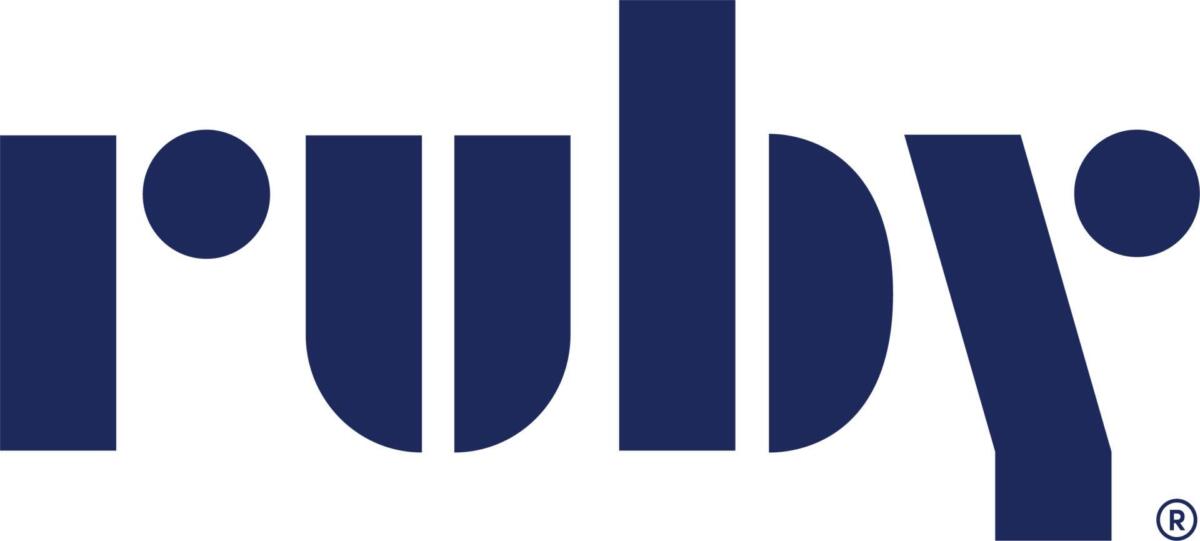
None of us saw it coming. Yet today we see the impact of COVID-19 in everything we do. 75% of companies are reporting supply chain disruption. And for the more than 30 million small businesses that make up 99.9 percent of our nation’s commerce, the path ahead is unclear.
The good news? In creating a plan now (even if reactively) to keep your business functioning in times of crisis, you’re not only better able to handle what’s happening at present, you’re also more prepared for the future.
Enter the business continuity plan.
A business continuity plan outlines the processes and systems you put in place to help your business deal with, and adapt to, unexpected marketplace disruptions so you can maintain business as usual…or establish a new norm.
It’s important to note that there is no “right” business continuity plan, only what’s right for your business, and this will evolve over time. So even if you already have a business continuity plan, now is a great time to (re)evaluate its effectiveness and make changes where needed.
To that end, we’ve compiled the following business continuity plan checklist highlighting key things to consider when crafting a strategy for your small business.
Prioritize employee safety.
It goes without saying that the health and safety of your employees are critical. But what we’re all being forced to realize now is that office space is not.
Identify the roles that do and do not require on-site access and follow relevant government orders and guidance to establish safe working environments. Consider outsourcing essential tasks that can be handled remotely, such as receptionist services, to ensure you give your customers the same quality attention they’ve come to expect — and really need — during disruptive times.
Set up a flexible infrastructure.
Building a business infrastructure that is easily adaptable and can work within modified or, in today’s case, remote set-ups for unspecified amounts of time is key to preserving your customers’ confidence, your company’s reputation and, ultimately, the functionality of the business.
Start by equipping your employees with the devices, programs, and applications they need to do their job remotely and securely. Make sure all necessary app and service subscriptions are up-to-date, all licenses, documents, and keys are accounted for, and that you have enough bandwidth to enable your business to stay continually connected internally as well as with customers and clients. And don’t forget about your office phone lines. With the ability to reroute business phone lines to a mobile line or home office, you guarantee no calls go unanswered.
Nail down communication plans.
Your employees are going to have questions. Your business partners are going to have concerns. And your customers are going to have demands. You’re going to need clear, consistent messages to address them all.
Develop an internal communications plan to make sure your employees are continually updated on new developments and have the resources and support they need. Similarly, remember that many of the businesses you work with will be facing the same challenges you are. Keep a running list of all current suppliers and vendors and their contact data so you can proactively discuss business continuity plans, gauge their readiness, and be open and honest about yours.
As for customers and prospects, it’s important that you revise and formalize your outgoing messaging to reflect current realities and its impact on your business — and it’s imperative that you maintain a consistent and welcoming reception. It’s even better if you can deliver a personal touch. Having an expertly trained staff at the frontlines of your business to engage customers with relevant messaging and document pertinent information for new lead generation goes a long way toward nurturing long-term, loyal relationships.
Make the most of your website.
Odds are, you already have an online presence. It’s an easy and convenient way for people to find information on your products and services, view inventory, request customer service, or complete transactions. And in times like these, when physical access to your business is limited (or maybe even barred), your website is more important than ever.
You don’t need an agency to take advantage of many technology tools that can help you make your website more visible in web searches and more user friendly. Equally important, however, is your ability to engage with customers and prospects once they land on your site. With live chat functionality, you can give website visitors in-the-moment personalized attention. This not only increases customer satisfaction, but it also allows you to easily generate new leads and gather rich insights to improve your business moving forward.
Train, test, and reset your business continuity plan.
Imperative to ushering your business through tough times is making sure everyone is on the same page, and has the resources they need to do their jobs effectively. So once you have a plan in place, share it.
Schedule some time for a mock-up drill with your entire staff. This will give you an idea of what is going to work well during times of disruption and what is going to need some fine-tuning. Doing so will also give you an opportunity to revisit your business model and possibly adopt more cost-effective solutions that can carry you into the future as you transition back to business as usual. For instance, you may discover that virtual live support greatly reduces labor costs while keeping vital tasks like customer service or client intake up-and-running around the clock.
We understand your small businesses are facing unprecedented adversity. But we also know that you have a unique perspective: after all, it takes a special kind of risk-taking, innovating, grit, and fearlessness to start a small business. Add to that a business continuity plan, and you’ll be better equipped to handle whatever comes your way.
Need more resources and tips to keep your business thriving? Check out our Small Business Resource Hub.



